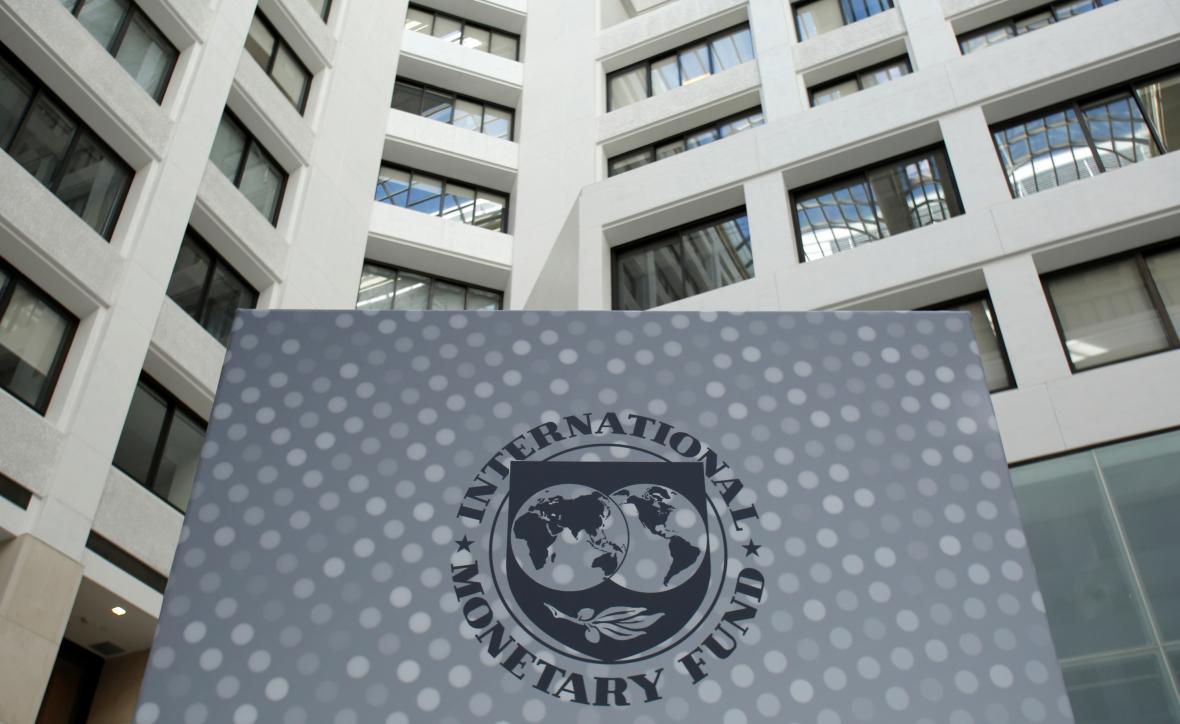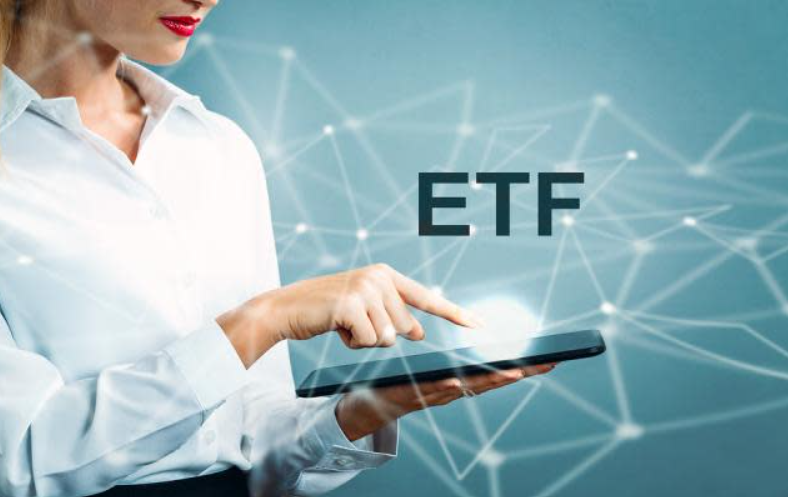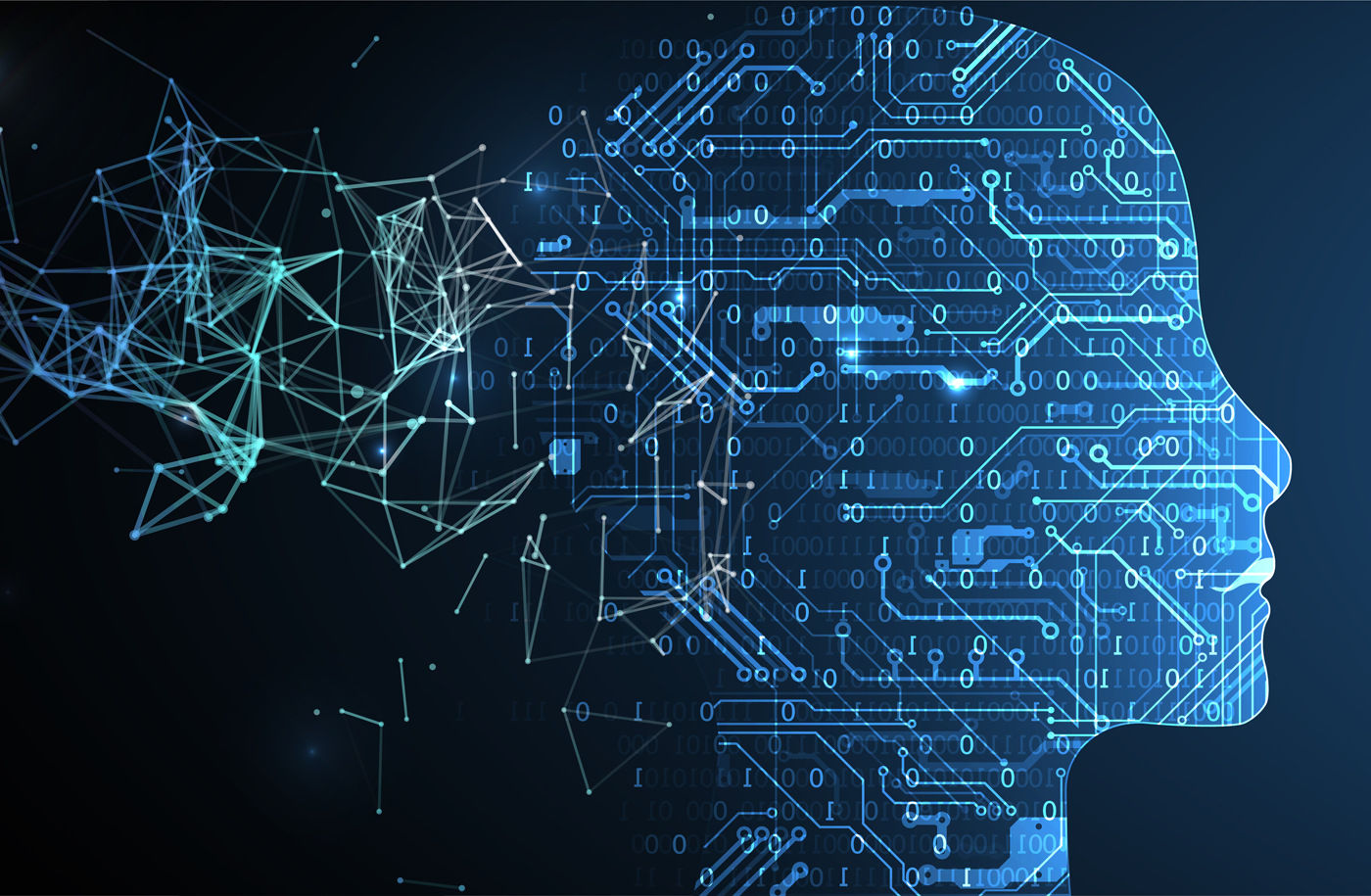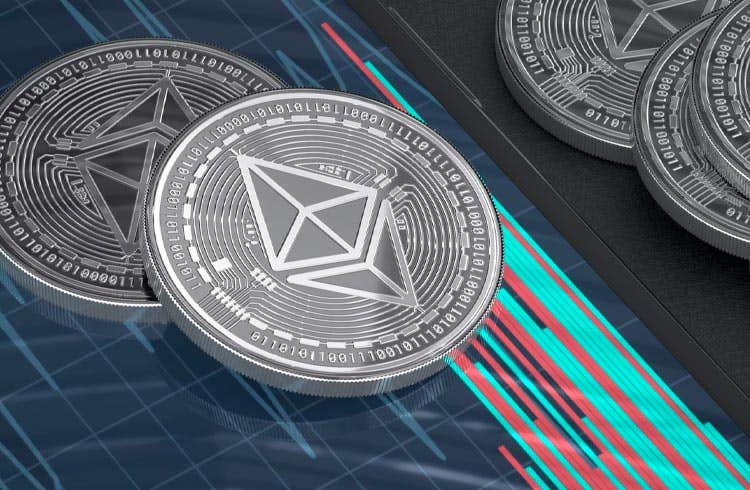Table of Contents
Crypto mining, the digital heartbeat of the cryptocurrency industry, is notorious for its challenges, including massive energy consumption and the constant drive for technological advancement.
Artificial intelligence (AI) may provide the solution to these problems. While human efforts often fall short in optimizing crypto mining operations, AI has the potential to simplify these processes, which could reshape the future of cryptocurrency mining.
With improved algorithms, real-time data analysis, and improved hardware strategies, AI provides solutions that can alleviate many pain points faced by miners. This can not only increase mining efficiency, but also have a positive impact on environmental aspects and strategic decision-making.
In this article, we explore how the integration of AI can help address some of the most common problems miners currently face. We look at how AI-driven algorithms, data analytics and hardware recommendations can bring significant improvements to energy efficiency, strategic choices and sustainability within the world of crypto mining.
Understanding crypto mining
Cryptocurrency mining is the process of creating new units of cryptocurrency through proof-of-work (PoW) and similar consensus mechanisms, using specialized computer hardware and software to solve complex mathematical problems.
When a miner successfully solves a problem, he is rewarded with crypto coins. This validation process plays a vital role in maintaining blockchain networks, which form the backbone of cryptocurrencies such as Bitcoin (BTC).
Crypto mining is inherently competitive, as miners compete worldwide to verify blocks of transactions. The first to solve the equation verifies a block and adds it to the blockchain. In return, the miner receives a reward in the form of newly minted cryptocurrency. This competition not only creates new tokens, but also ensures the integrity of the transaction history.
Mining requires enormous amounts of computing power. Miners typically use GPUs (Graphics Processing Units) and ASICs (application-specific integrated circuits), specialized hardware that can handle complex calculations.
Over time, as the difficulty of mining bitcoin increases, miners must constantly upgrade their equipment in an effort to stay ahead of the competition. This constant need for more powerful hardware increases operational costs and puts pressure on individual miners.
Balance between energy, cooperation and profit
The energy use associated with cryptocurrency mining is a hotly debated topic that has sparked concerns and debates. The combined energy consumption of mining operations worldwide is comparable to that of some small countries, questioning sustainability and leading to discussions about the environmental impact of crypto mining. The high energy costs also impact the profitability of mining, resulting in constant evaluations of costs versus returns.
Joining a mining pool is a strategy that individual miners often employ to optimize the performance of their operations. Mining pools are groups of miners who combine their computing power to increase the chance of solving a problem and earning rewards.
The rewards are then distributed among the pool members based on their contribution to the operation. This collaboration helps level the playing field, especially for those who may not have the resources to compete independently.
Nevertheless, the competitive and rapidly changing nature of crypto mining makes it difficult to optimize both productivity and profits. Changing regulations, fluctuating prices and the constant need for hardware upgrades make mining a complex endeavor.
Miners must keep up with these shifts to remain profitable, and often rely on analytics and monitoring tools to track performance and make timely decisions.
AI techniques for optimizing crypto mining activities
AI’s data processing and analytical capabilities provide several opportunities to optimize crypto mining in areas where human limitations create bottlenecks.
The following sections explore how AI technology is being applied to address these challenges, as well as the possible future implications of these techniques in mining.
Energy-efficient mining algorithms
Recent developments indicate a growing use of energy-efficient mining algorithms, especially with the increasing global emphasis on sustainability. One way AI can contribute is by developing algorithms that reduce energy consumption without impacting efficiency.
On July 25, 2023, CryptoBlox announced its partnership with Lavrium, a company focused on efficient mining operations. Lavrium’s AI algorithms increase energy efficiency by analyzing factors such as transaction volumes, (PUE) power usage effectiveness and hashing speeds.
The aim of these algorithms is to predict the best mining periods, using both historical and real-time data, allowing Redwater, a subsidiary of CryptoBlox, to achieve maximum return on energy investments and significantly reduce operational costs.
What makes Lavrium’s algorithms interesting is their constant adaptability through machine learning. As the algorithms continually refine themselves, they improve energy efficiency, leading to more economical and environmentally friendly crypto mining.
The company hopes this will not only increase Redwater’s profits, but also help develop a sustainable energy infrastructure.
Taryn Stemp, Interim CEO of CryptoBlox, expressed excitement about this partnership and said
“Lavrium’s revolutionary AI energy efficiency optimization algorithms could prove to be a game-changer for the cryptocurrency mining industry. We are excited to work with Lavrium to transform our mining operations and increase our efficiency.”
The potential of AI to solve complex mathematical problems
Moving into more theoretical realms, the use of AI in crypto mining could lead to significant changes in the approach to solving mathematical problems within the cryptocurrency sector. Artificial intelligence, especially when combined with quantum computing, has the potential to quickly solve even the most complex mathematical problems.
As a result, crypto mining operations could see a major boost in efficiency and a significant reduction in energy requirements when quantum computers become the norm. AI will inevitably play an important role in optimizing the use of such mining systems.
Although this concept has not yet been implemented, it holds immense promise for improving the effectiveness of crypto mining.
Advances in data processing and maintenance
AI is still largely in the theoretical stages, but its potential to increase the speed of data processing could be an important factor in improving the effectiveness of mining operations, even with non-quantum computers. Using AI algorithms can also help reduce mining costs by automating tasks such as hardware maintenance and optimization.
Furthermore, AI algorithms have the potential to detect and correct problems with mining hardware in real-time. By reducing downtime, it can make the mining process more productive and significantly increase the profitability of mining operations.
Using AI for things like real-time problem solving and automation can make crypto mining more sustainable and effective in the long term, opening new doors for the future of the industry.
Mining companies are switching to AI
Despite the potential of integrating AI into crypto mining, recent market developments have led major mining companies to consider setting up systems for training AI models and processing AI requests.
One of the main reasons for this is that ASIC chips, which are specifically designed for bitcoin mining, are not suitable for AI. Cryptomining and AI training require different GPU performance. Proof-of-work cryptocurrencies use cards with high hashing power and pay little attention to vRAM, while AI mainly relies on vRAM and does not require high hashing power.
Nevertheless, the infrastructure surrounding the various hardware, such as cooling systems, buildings and other hardware components, and the availability of affordable energy can be crucial when entering the AI sector.
CEO Wes Cummins discussing Q4 earnings and the introduction into #AI with @TDANetwork earlier this week. $APLD #HPC #Datacenters pic.twitter.com/VuZVi3LTsb
— Applied Digital (@APLDdigital) July 28, 2023
For example, Texas-based Applied Digital’s recent announcement of a $460 million investment in AI cloud computing sent its shares up 17%.
Iris Energy’s choice of an AI-focused high-performance computing data center strategy also led to a 21% increase in its share value.
This shift is not about chasing trends, but about mitigating risk. By diversifying into AI computing, these companies aim to reduce their dependence on the volatile bitcoin market.
Currently, some companies that focus on mining various cryptocurrencies can reuse their existing hardware. Unlike ASICs designed specifically for Bitcoin, companies can also use chips like Nvidia A40s, which are used in Ethereum mining, for AI tasks.
The shift from proof-of-work to proof-of-stake (PoS) in Ethereum has made some mining equipment obsolete, but their potential use in AI domains remains intact.
Is AI the future of crypto mining?
As we have explored, AI has promising applications in crypto mining operations. But whether the technology is ready to completely transform the sector is a complicated question.
AI optimization could offer miners unique benefits in efficiency, profitability and sustainability. However, the incompatibility of mining chips with AI is one of the biggest issues currently preventing full integration.
Mining companies are also recognizing the volatility of the market and are strategically expanding their portfolio of crypto assets. The shift to AI does not necessarily seem to mean that they will stop mining cryptocurrencies completely, but rather that they will broaden their perspective and ensure stability in the event of possible market downturns.
As markets recover, miners can focus on what they do best and further expand their crypto mining operations. If not, side hustles like AI provide stability in turbulent times. The interaction between the two domains will probably shape their coexistence.
Bottom line
AI represents an intriguing branch in the evolution of crypto mining. A complementary relationship could emerge, where the technology drives innovation in the mining sector, while the mining infrastructure accelerates the development of AI.
- Michaël van de Poppe: Bitcoin to Hit $500,000 This Cycle? 🚀💸 Or Just Another Crypto Fairy Tale? - December 21, 2024
- What is the Meme Coin Bonk, Price Predictions 2025–2030, and Why Invest in BONK? - December 18, 2024
- BNB Price Analysis: 17/12/2024 – To the Moon or Stuck on a Layover? - December 17, 2024









![Top 10 Leading Countries in AI Research and Technology [current_date format=Y] 12 Top 10 Leading Countries in AI Research and Technology [current_date format=Y]](https://cryptheory.org/wp-content/uploads/2023/08/ai-strategie.jpg)


![Best Platforms for Copy Trading in [current_date format=Y] 14 Best Platforms for Copy Trading](https://cryptheory.org/wp-content/uploads/2024/12/copy-trading-120x86.jpg)











